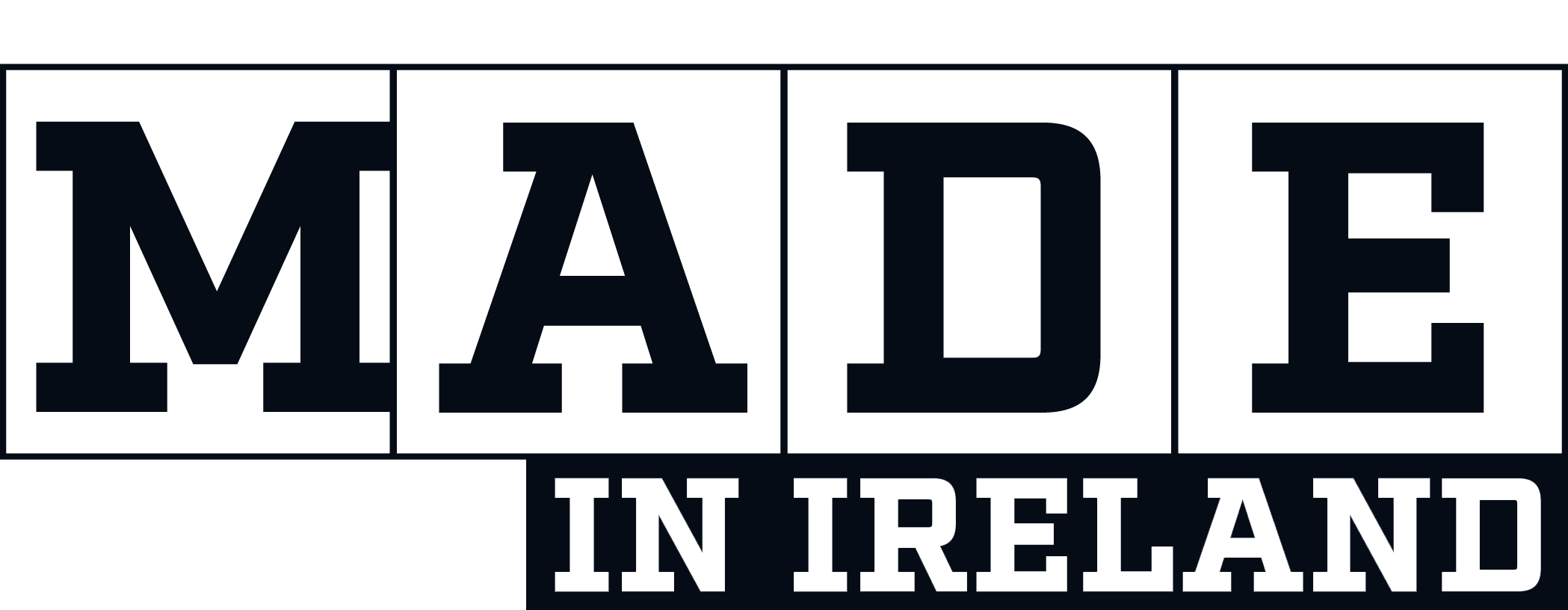In Buddhism, the path to enlightenment and liberation is known as ‘the middle way’, which avoids extremes of activity or passivity. The same can be said for heave compensation systems, says Jack Berryman, engineer and director at marine automation specialist, MintMech.
Importance of Accurate Core Samples in Marine Construction
Collecting sediment core samples is a key stage in a geotechnical investigation. The collected cores must be as accurate as possible, because results may ultimately determine the chosen foundation or anchoring solution for a marine construction project, such as a monopile foundation for an offshore wind turbine. Furthermore, modifying designs after construction begins is usually unfeasible or very expensive.
Heave Compensation Systems in Marine Drilling
Different foundation solutions vary in cost and installation time, so are a critical aspect of overall project timelines and budgets. In very large marine projects, such as the UK’s plan to quadruple offshore wind within the next five years with thousands of additional turbines, even small costs or delays can have a significant impact.
Challenges in Marine Drilling: Vessel Heave
Vessel-heave poses a significant challenge to obtaining quality cores. When drilling vessels experience vertical movement due to wave action during coring, it can affect the weight applied to the drill bit (weight on bit, or WOB), leading to variations in drilling pressure.
The Role of Heave Compensation Systems in WOB Control
WOB fluctuations can cause core samples to break, deform or lose integrity, compromising the accuracy of the geological data collected and potentially leading to misleading results or expensive re-drills. A stable and consistent WOB is therefore critical to accurate core samples and smooth progression of the geotechnical survey.
Heave Compensation Systems: Passive vs. Active
Traditionally, a passive heave compensation system (PHC) uses a pneumatic spring to counteract the weight of the drill string. The spring force is slightly less than what is required to balance the system, and this allows the system to overcome friction and permit the drill string to move up and down with the heave of the vessel. The slight imbalance also causes the drill to advance downwards, though the advance is slowed or stopped when the geology is strong enough to provide a reaction. This reaction force is known as weight on bit (WOB).
Limitations of Passive Heave Compensation Systems
The drill string will advance uncontrollably when operating in situations that cannot provide a WOB reaction, such as soft geology or when the drill bit is not touching the ground. It is therefore impossible to control the drill string’s position or compensate for heave motion without WOB or in situations where the operator does not want WOB, such as when switching tooling. The result is reduced quality of cores from softer or more stratified geologies and difficulty using lightweight sampling tools or delicate procedures.
Active Heave Compensation (AHC) Systems
An active heave compensation system (AHC), on the other hand, works independently of WOB. AHC uses vessel position data when controlling equipment, such as a winch, taking up or paying out line in time with the vessel’s heave, so that the load’s depth remains constant.
When to Use Active Heave Compensation Systems
Such position control enables precise work while off-bottom, such as maintaining position in the borehole during tool changes. However, when precise control of WOB is crucial, such as when drilling a core sample, AHC is less beneficial.
Hybrid Solution: Combining Passive and Active Systems
An ideal solution would combine the two systems, allowing an existing PHC system to work independently of WOB like AHC does, without the need to replace a functional system. Actively ‘assisting’ a passive system would allow compensation for heave, even while the drill bit was advancing. This unprecedented level of control would mean better cores, including in soft ground, and allow a stationary drill bit while changing tooling, preserving the integrity of the borehole.
The Middle Way: A Balanced Approach to Heave Compensation Systems
It might not have been exactly what the Buddha had in mind, but finding ‘the middle way’ between active and passive heave compensation systems could help companies reach the enlightenment of more competitive tenders and liberate them from the costs associated with re-drills.










